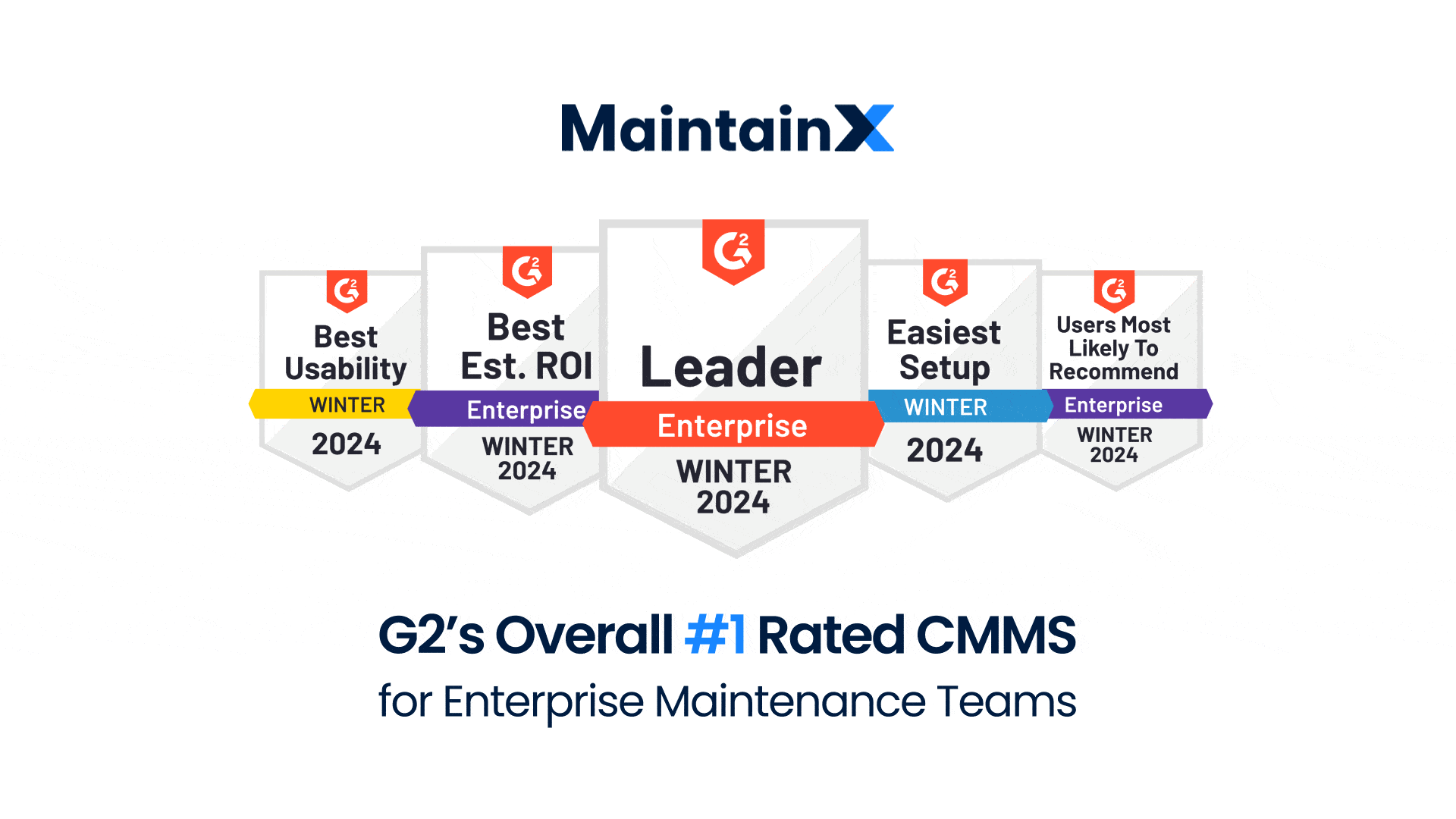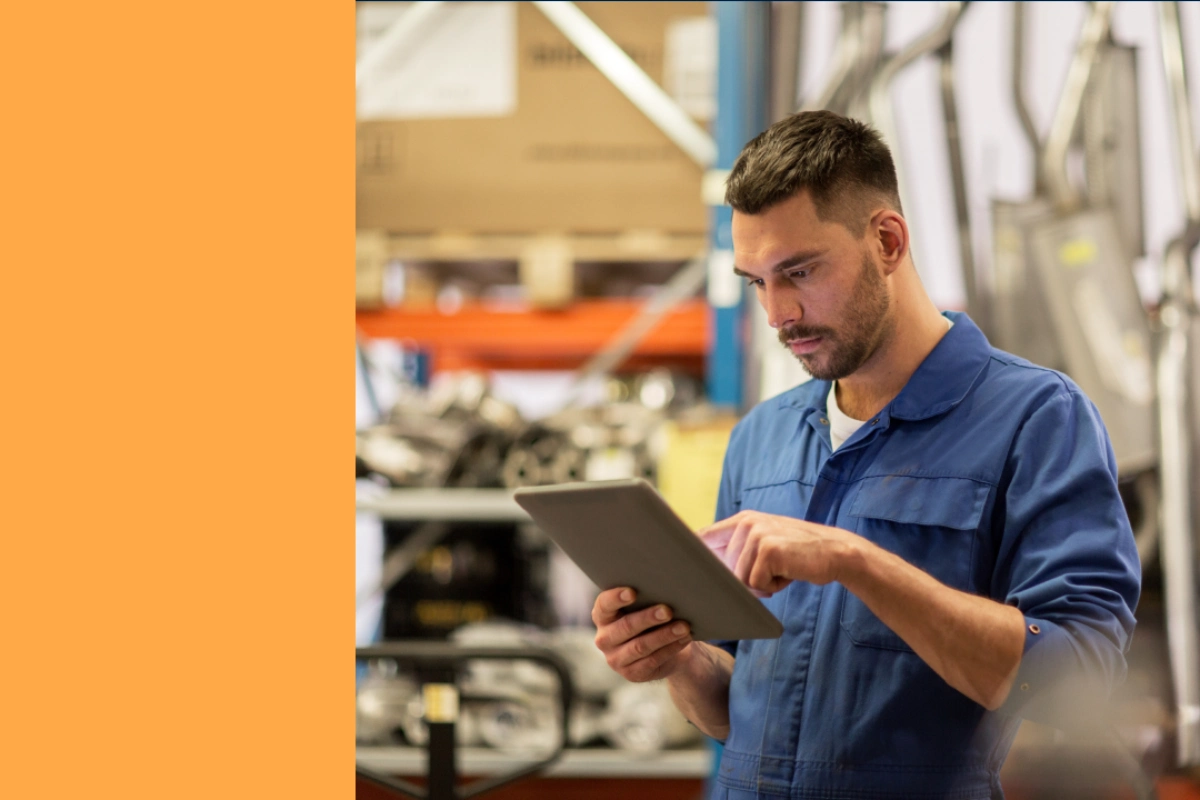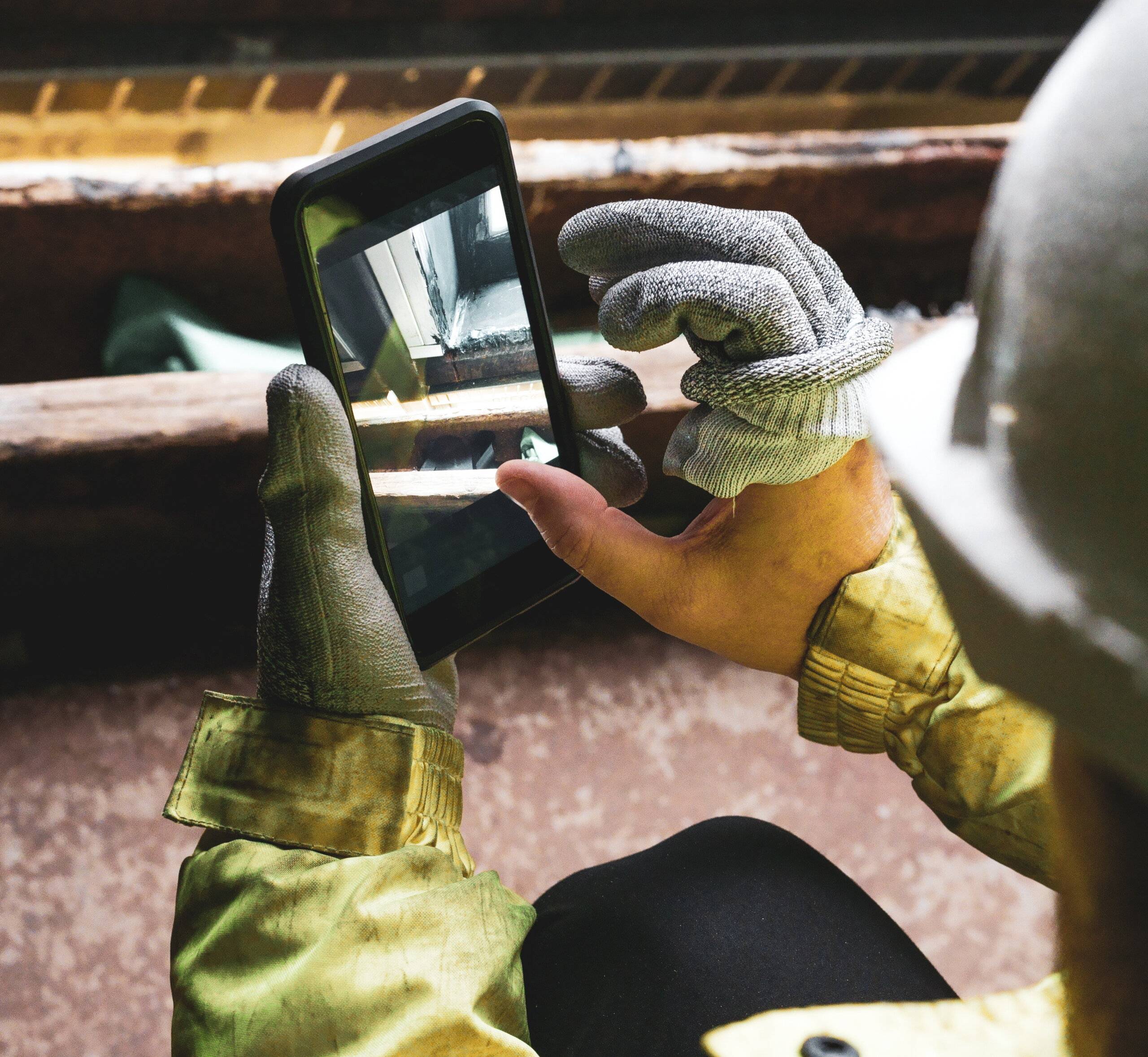
These days, if you run a facility, chances are you’ve thought about facility management software and wondered if you should invest in it. If you haven’t, you’ve likely at least thought about improving your facility management processes. One way is to use facility management software.
Sure, it can seem a bit predictable and kind of a cliché at this point: the idea you should automatically turn to software solutions for everything. Being accustomed to your working systems, you probably see even less reason to give it a second thought. Here’s the thing, though: you can always improve your systems.
One underlying principle of Kaizen (Toyota’s system of constant improvement) is that seemingly tiny increases in efficiency can result in significant gains for your business.
But before we get into all that, let’s look at what facility management software actually is.
“Well-managed sites and buildings enable organisations to function at their most efficient and effective level, achieving collaborations and offering real added value to the organisation’s core business.”
Deloitte
What Is Facility Management Software?
It’s software for facility management. What does this mean in practice? First, running facilities can be challenging. Depending on your business’s size and scope, your activities might include logistics to support services.
Facility managers have to take both a bird’s eye view and a granular approach to running facilities. This means thinking about things like regular operational expenses, departmental costs, maintenance costs, preventive maintenance scheduling, and how to log service requests, often at the same time. Managers often find this massive balancing act challenging to properly execute.
The International Standards Organization published ISO 41011:2017, which defines facility management as “an organizational function which integrates people, place, and process within the built environment with the purpose of improving the quality of life of people and the productivity of the core business.”
According to the International Facility Management Association (IFMA), it involves “making sure systems in the built environment work together as they should, that buildings fulfill their intended purposes, and that personnel are healthy and productive.”
Sounds challenging enough on its face. But how can software help with any of this? We’ll get to that shortly. For now, let’s consider the facility management software currently available.

Types of FM Software
Here’s a quick breakdown of the main types of facility management software.
Computer-Aided Facilities Management System
Computer-Aided Facilities Management (CAFM) software is designed with the physical workplace in mind. This means they focus mainly on efficiently managing physical space, whatever that entails.
Whether properly managing the shop floor or planning out maintenance schedules or hot desk assignments, this type of facilities management platform helps oversee all activities involved in space management.
Integrated Workplace Management System
An Integrated Workplace Management System (IWMS) isn’t too different from a CAFM. It is a facility management solution that allows for control of everything from creating floor plans to managing real estate portfolios and maintenance programs.
IWMS platforms, however, allow for property management on a greater scale. So if you’re looking to manage multiple locations, an IWMS is a better bet than a CAFM.
Enterprise Asset Management System
Unlike the other examples of facility management systems, Enterprise Asset Management (EAM) systems focus specifically on managing assets. Thinning about inventory management, what are your inventory levels? When next do you need to carry out preventive maintenance on a particular machine? Do you need to track assets being serviced? An EAM focuses less on managing physical spaces and more on managing the assets within those physical spaces.
Computerized Maintenance Management System
In theory, a Computerized Maintenance Management System (CMMS) should focus mainly on maintenance management and equipment upkeep. What asset needs to be serviced and when? Have you labeled your parts and assets with QR or barcodes? Do you need to handle a breakdown immediately? Most CMMS software provides solutions for handling maintenance requests for those at work in the facility and for deskless workers in the field.
That said, some CMMS platforms in the market offer greater and more encompassing functionality. MaintainX, for example, goes beyond work order management to offer everything from a user-friendly mobile application with a built-in chat feature to long-term tracking and analysis of maintenance data.
Other Functions of Facility Management Software
In addition to those stated above, good FM software can help with managing the following:
- Sustainability planning
- Occupational health and safety protocols
- Building operations
- Creating and tracking purchase orders and work orders
- Asset management and asset tracking

Why Make the Switch?
Okay. Seeing the need for facility maintenance is one thing. You understand why you need to get it right. But why bother with software solutions when you already have a pen-and-paper system in place? Especially when, as many believe, facility management systems are so expensive. Here are a couple of reasons.
It’s Not That Expensive
It’s true that many offerings in the Software as a Service (Saas) space cost a fair bit. However, there are many cost-effective solutions in the market, with pricing variations based on the number of users and features. MaintainX, for example, is the #1 ranked CMMS on G2 in its Winter 2023 report, and has a free basic plan, in addition to Essential, Premium, and Enterprise plans.
Stay in Compliance
Whatever type of plan you opt for, good FM software should help make your compliance protocols easier. Depending on your industry, you most likely have regulatory and compliance requirements. Keeping track of these can be challenging, especially with pen and paper. Facility operations and management software can help automate your compliance procedures.
Standardize Your Processes
With the help of a robust CMMS, you can create and store standard operating procedures that your team can access at all times. MaintainX, for example, offers access via desktop and mobile devices. Whether it’s checklists, KPIs, or metrics, stakeholders and service providers can access all the information they need right from the palms of their hands.
Optimize Your Operations
Streamlining your workflows will help keep your team focused on what really matters. For example, instead of panicking when breakdowns occur, team members can be confident they have access to whatever solutions they need through good FM software. A CMMS like MaintainX, for example, allows for real-time updates and notifications from the shop floor. What this means for your team is less time wasted figuring out how to solve problems, reduced downtime, and more time focused on productive output.

How to Implement a Facility Management Software
If you‘re trying to make the switch from paper-based management to using software, here are a few steps to consider:
- Figure out what you need: What exactly are your maintenance needs? What key features would make a difference for you and your team? Are you looking to move from primarily reactive to preventive maintenance? Need to do a better job managing parts and asset inventory? Do your teams need to communicate better? Do you need dashboards? Spreadsheets? Cloud-based storage? The first step to figuring out the best facility management software for your needs is to know precisely what those needs are.
- Survey the market: What are the options out there? How do they fit into your business goals? Check out reviews on Capterra and Software Advice. How good is the support? Integration? Implementation?
- Test: Try your hands at some platforms. MaintainX, for example, offers a free plan, provides an easy onboarding process, and can easily be adapted to your specific manufacturing and maintenance tasks.
FAQs

Lekan Olanrewaju is a content writer with years of experience in media and content creation. He has held positions at various media organizations, working with and leading teams at print magazines, digital publications, and television productions.








.jpeg)
.jpg)
.jpeg)

.jpeg)






.jpeg)
